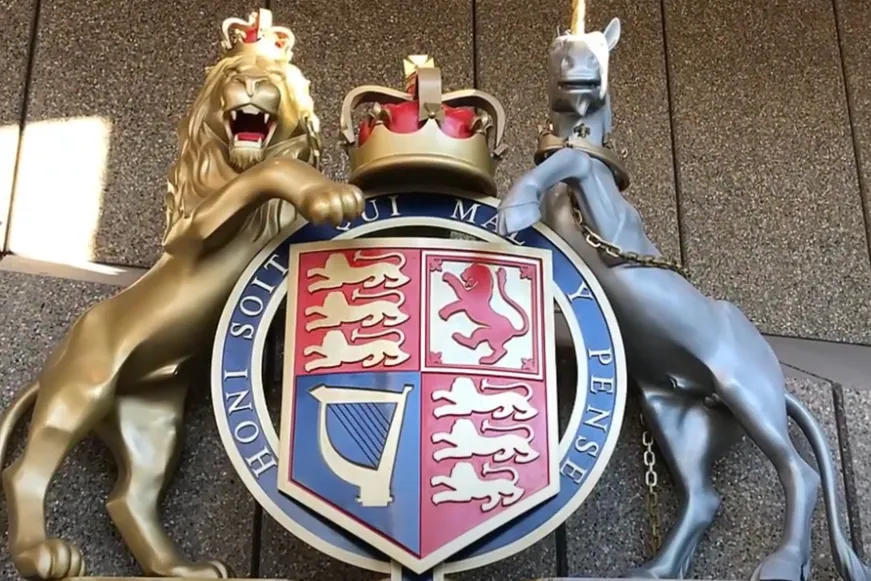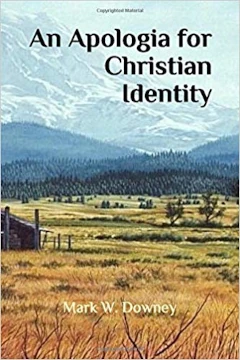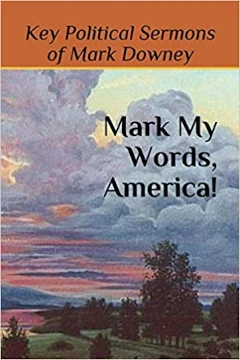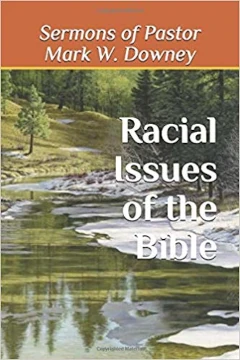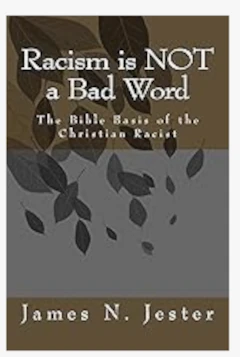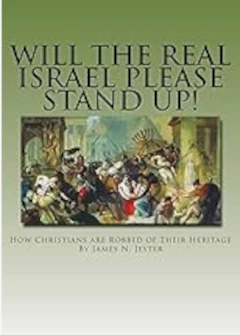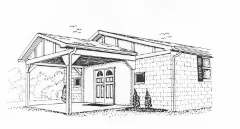The Unholy Seed - Part 5
THE RICHEST MAN IN THE 19TH CENTURY
Copied from the sermon notes of Pastor Don Elmore
January 20, 2019
Scripture Reading: Revelation 21:8: “But the fearful, and unbelieving, and the abominable, and murderers, and whoremongers, and sorcerers, and idolaters, and all liars, shall have their part in the lake which burneth with fire and brimstone: which is the second death.”
Current Events:
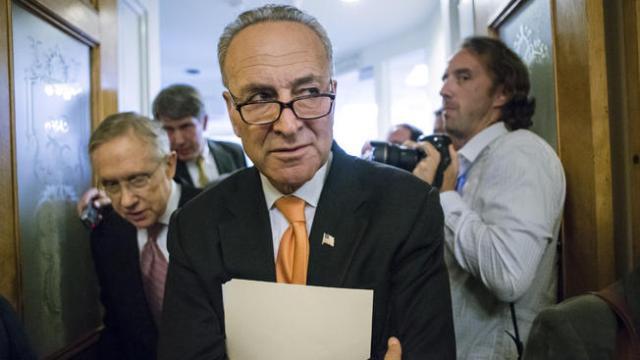 Israeli Anti-Boycott Act
Israeli Anti-Boycott Act
One of the first new laws created by the Jewish Bolsheviks when they took over Russia was to make “antisemitism” punishable by jail or death. But the fact that they are not Semites is not discussed at all. By “antisemitism” they really mean “anti-jewish”. The Jewish senator from New York, Chuck Schumer, has introduced House Resolution 1697, known as the Israel Anti-Boycott Act. This legislation is in direct conflict with the 1st Amendment right to freedom of speech and targets those who are critical of Israel with draconian prison sentences and fines:
“American citizens are set to be fined up to $1 million or imprisoned for up to 20 years for criticizing Israel[i] [jews] or supporting the BDS [Boycott, Divestment and Sanction movement] boycott.”
One hundred years later, we find ourselves in a very similar situation as it was in Russia– proposed Federal laws protecting Jews from criticism. Only criminals and liars are afraid of being criticized. What other ethnic group is powerful enough to demand such draconian laws to protect them from criticism?
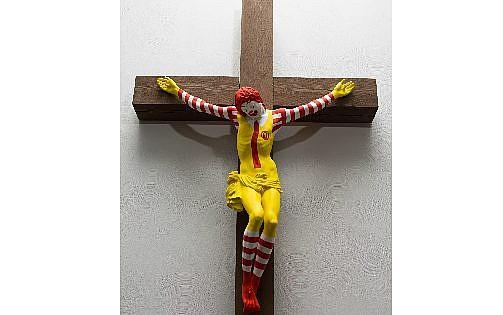 Israeli Art Museum Mocks Our Lord and Savior with “McJesus” statue exhibition
Israeli Art Museum Mocks Our Lord and Savior with “McJesus” statue exhibition
As of January 12, 2019, the “Association for Civil Rights in Israeli” supports the Israeli Haifa Museum of Art’s continuing exhibition of the “McJesus” statue, a mockery of Christ. Anti-Christian hate speech is not an issue for the far Left and is never an issue for Israeli adherents of the Talmud, whose sacred book abhors Jesus. A “McSchneerson” mockery of Chabad-Lubavitch Rabbi Menachem Mendel Schneerson would never be permitted in any Israeli museum. The Christian savior’s image has no such protection in the US-taxpayer-funded “Holy Land.”
The President’s Classic Move
And this week’s tit-for-tat move by President Trump was a classic. Nancy Pelosi first informed the president that he should not have the state of the union address until the dead-lock of the government was over. So, the very next day, Pelosi’s trip overseas was cancelled, because Trump declined her use of a military plane to travel. He said she should stay here and be available to negotiate a settlement in the stalemate.
----------------------------------------------------------
Now for today’s history lesson, which will also be an important study with warnings taken from the Bible.
What happened during the years of 1861-1865? The usury North fought the self-sufficient South in the United States, commonly misnamed the “Civil War”. It wasn’t a Civil War, as both armies weren’t from the same country; but a War between two separate nations--the North (Union) and the South (Confederate or Rebels). The North blockaded the Southern ports which prevented any cotton raised from its plantations from being shipped to Lancashire, England. Cotton was a major export which helped make the southern states affluent. Lancashire needed a supply of cotton—you can’t weave imaginary fibres in the textile mills. Where could they replace the United States cotton that they were receiving from the southern states, so that the mills could keep on turning out the needed textiles?
Lancashire, England and the surrounding counties were the optimum place for the new weaving industry:
- A climate that prevented the cotton fibres from splitting,
- Water sources to power the mills that ran the factories (and then coal supplies as technology progressed),
- A willing work force, and
- Creative entrepreneurs with the vision and drive to construct the new industry.
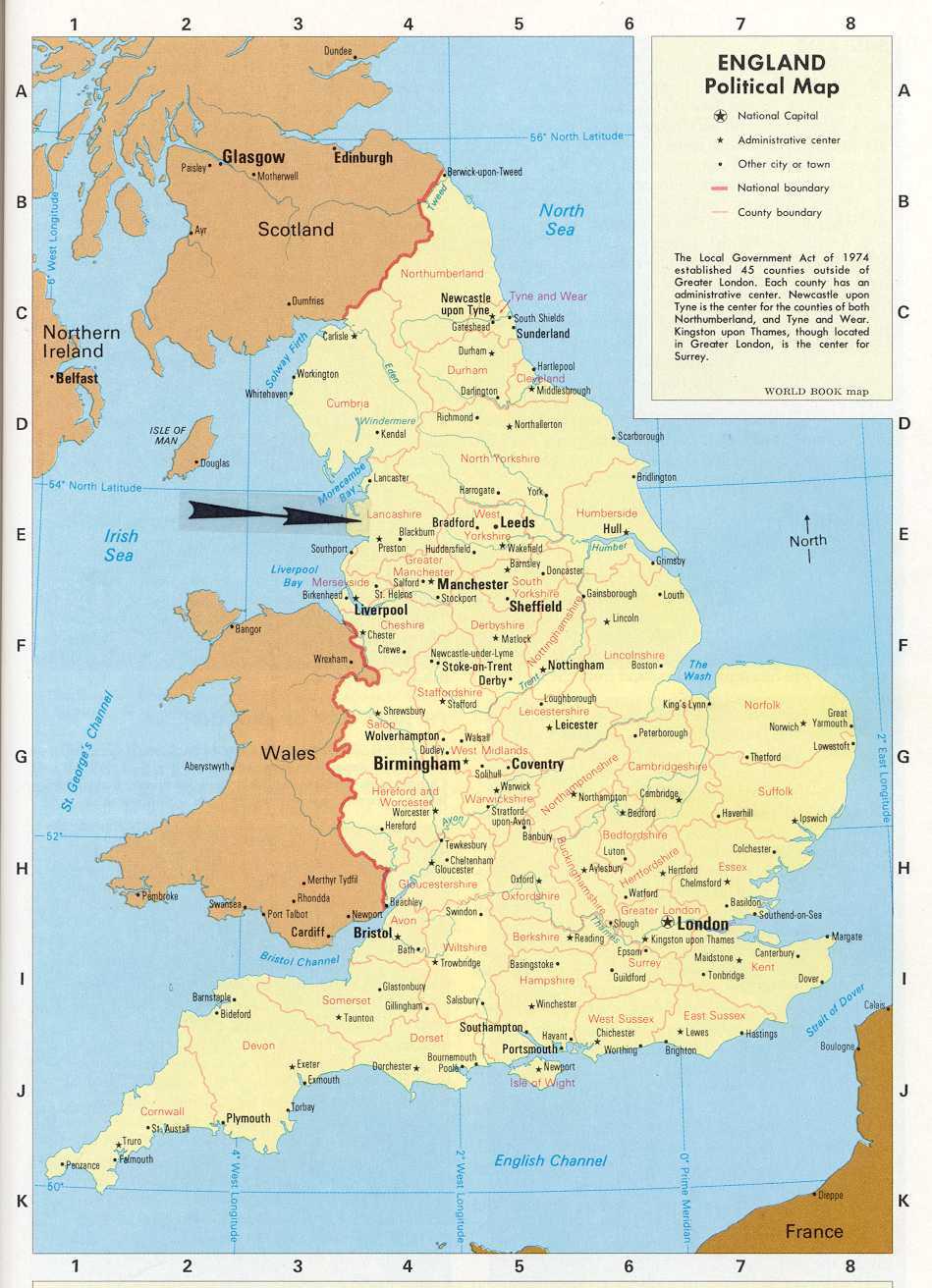 Raw cotton was the needed raw material that was imported into the country, mainly from the American cotton fields of the South.
Raw cotton was the needed raw material that was imported into the country, mainly from the American cotton fields of the South.
Factories in the south of Lancashire spun the threads, and the towns in the north weaved the threads into vast cloths. This system was sufficient to supply the enormous demand of the Indian population as they clothed the nation of India with a cheap cotton loincloth. But India wasn’t the only place in the world that the clothes produced in Lancashire were worn—there were many places throughout the world, including the United States, that wore their clothes and bought their cloths. Lancashire became known as the “Workshop of the World”.
This was the industry that began the Industrial Revolution for Britain; the move from small cottage industries, where family income was supplemented by weaving and spinning wool, towards a factory-based production line using imports from across the world. It also was the birth of the British working class.
Production continued to increase, and the industry expanded right up until the First World War, except for 1861-1865, the time of the American “Civil War”. The action that sparked this depression in Britain was the blockade of the southern ports by the Union Navy and the War between the two nations. This cut off the supply of raw cotton to Lancashire.
At the start of the War Between the States, Lancashire mills had a four-month supply of cotton already stockpiled. So, the impact of the War didn’t hit immediately, as they had enough time to stockpile for another month. Initially, the War was not thought to be a long War, so this was thought to be sufficient to get through the dry spell.
But as all the Union advances early in the War were driven back, it became clear to European observers that the War would not be over quickly. By the beginning of 1862, mills were being closed and workers were being laid off; one-third of the families in one Lancashire cotton town needed aid. The War lasted much longer than anyone thought—the fighting lasted for four years. The cotton supply soon ceased entirely.
Without the regular cotton supply, production came to a standstill. Production was terminated by October of 1861. The inaccessibility of raw cotton and the difficult trading conditions caused a change in the social circumstances of the Lancashire region’s extensive cotton mill workforce. Factory owners no longer bought large quantities of raw cotton to process because there was little to buy. And large parts of Lancashire and the surrounding areas’ workers became unemployed and went from being the most prosperous workers in Britain to the most impoverished.
Local relief committees were set up. They appealed for money locally and nationally. There were two major funds:
- The Manchester Central Committee, and
- The Mansion House Committee of the Lord Mayor of London.
The poorest applied for relief under the Poor Laws, through the Poor Law Unions. Local relief committees experimented with soup kitchens and direct aid. In 1862, sewing classes and industrial classes were organized by local churches, and attendance triggered a Poor Law payment. After the Public Works (Manufacturing Districts) Act 1864 was passed, local authorities were empowered to borrow money for approved public works. They commissioned the rebuilding of sewage systems, cleaning rivers, landscaping parks, and surfacing roads.
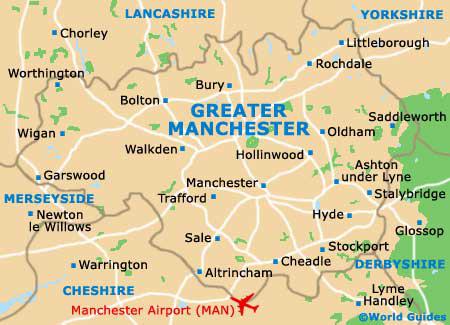 In 1860, there were 2,650 cotton mills in the region, employing almost half a million people. In 1864, cotton imports were restored, the mills were put back into production, but some towns had diversified, and many thousands of operatives had emigrated. By the winter of 1862–1863 there were 7,000 unemployed in Stalybridge, one of the worst affected towns. Only five of the town’s 39 factories and 24 machine shops were employing people full-time. Contributions were sent from all over the world for the relief of the cotton operatives in Cheshire and Lancashire, and at one point three-quarters of Stalybridge workers were dependent on relief schemes. By 1863 there were 750 empty houses in the town. A thousand skilled men and women left the town in what became known as “The Panic”. Riots soon broke out in the unemployed towns. At a public meeting, “money and bread” were demanded. The rioters received a small supply of both. Times were tough in England. In 1865, times had changed in America, too. And there was another problem arising in the world.
In 1860, there were 2,650 cotton mills in the region, employing almost half a million people. In 1864, cotton imports were restored, the mills were put back into production, but some towns had diversified, and many thousands of operatives had emigrated. By the winter of 1862–1863 there were 7,000 unemployed in Stalybridge, one of the worst affected towns. Only five of the town’s 39 factories and 24 machine shops were employing people full-time. Contributions were sent from all over the world for the relief of the cotton operatives in Cheshire and Lancashire, and at one point three-quarters of Stalybridge workers were dependent on relief schemes. By 1863 there were 750 empty houses in the town. A thousand skilled men and women left the town in what became known as “The Panic”. Riots soon broke out in the unemployed towns. At a public meeting, “money and bread” were demanded. The rioters received a small supply of both. Times were tough in England. In 1865, times had changed in America, too. And there was another problem arising in the world.
So, let’s stop the story right here and look at what else was going on in the world that affected this and many other situations. England’s industrial revolution of weaving cotton into cloth and clothes was in a major depression. Their supply of cotton was at a stand-still. It was blockaded by the Union navy. It kept the South from shipping any more of their cotton. But the South was producing very little of the crop, as most of the men were fighting in the War. The plantations in the South would never again be the self-sufficient cotton producers that they once were. What would happen to England’s newly formed “middle class”?
THE BANKER IN IRAQ
The story goes to Baghdad, Iraq. The year was 1792, right after America gained its so-called independence from Great Britain. America was in its third year of Constitutional government, after 13 years under the Articles of Confederation.
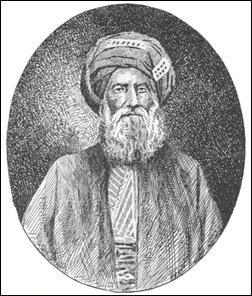 David Sassoon
David Sassoon
The story is about David Sassoon. Who was this person and what did he do that was so important in world history? He is so important but very few history students, even college history students, would even recognize his name! I didn’t. His name was David Sassoon and his life began in 1792 in Baghdad, India.
David’s father, Saleh Sassoon, was a wealthy jewish banker and the treasurer to Ahmet Pasha, the governor of Baghdad. (Thus, making him the “court Jew”--a highly influential position.) The Sassoon’s had been in Iraq since the beginning of the sixteenth century, after being expelled from Spain during the Inquisition of 1492.
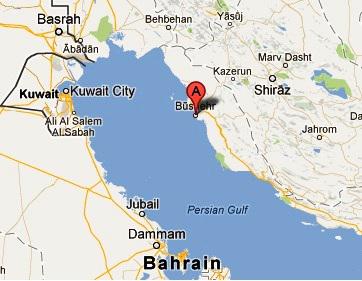 In 1829 Ahmet was overthrown due to corruption in his administration and the Sassoon family first fled to Bushire, Persia and then to Bombay, India three years later. The Sassoons founded a large banking and mercantile business in Bombay.
In 1829 Ahmet was overthrown due to corruption in his administration and the Sassoon family first fled to Bushire, Persia and then to Bombay, India three years later. The Sassoons founded a large banking and mercantile business in Bombay.
Bombay was the strategic trade route to interior India and the gateway to the Far East. In a brief time, the British government granted Sassoon “monopoly rights” to buy and sell the manufacture of cotton goods, silk, porcelain and tea.
Let’s review: David was the son of a wealthy jewish banker in Iraq who was also the treasurer of  Baghdad. David held the same jobs in the financial field as his father had when he grew up. Seems to be a common occupation of this hybrid race. When the governor of Baghdad was overthrown due to corruption, the Sassoon family fled to Bombay, India via Bushire, Persia (Iran). David was 40 years old when he came to Bombay, and it was here that this our story really becomes interesting.
Baghdad. David held the same jobs in the financial field as his father had when he grew up. Seems to be a common occupation of this hybrid race. When the governor of Baghdad was overthrown due to corruption, the Sassoon family fled to Bombay, India via Bushire, Persia (Iran). David was 40 years old when he came to Bombay, and it was here that this our story really becomes interesting.
The year was 1832 when the Sassoons landed in Bombay, India, and what happened when they were there changed the world. Bombay was on a major trade route and Sassoon had the “monopoly rights” to sell the manufactured cotton goods made in Lancashire and surrounding counties in England. He also had the “monopoly rights” to buy tea, silk products, and porcelain from China. But there was soon a problem, and the answer given by the Sassoon family to this solution has created even a greater problem in today’s world.
Great Britain was a nation of great tea drinkers. They loved their tea. Where did they get the tea, as it didn’t grow naturally in England? They got most of their tea by importing it from China.
Shortly after arriving in Bombay, David Sassoon was granted monopoly rights to manufactured goods from England and tea, silk, and other products from China, Japan and neighboring regions.
But China would trade its tea only for silver or gold. They wouldn’t trade it for anything else. They didn’t want anything else that the British were willing to trade. They didn’t want any of the cotton goods that were manufactured in Lancashire.
Great Britain was running out of silver and gold, as they had a limited supply. But they wanted to keep on drinking their tea. They would soon be out of silver or gold, and as soon as that happened, they wouldn’t be able to buy any more tea. What would happen if England would no longer have its daily “tea time”?
What was the solution?
Let’s ask the question another way. In the beginning, David Sassoon wanted to trade cotton cloth made in Lancashire, England with China in exchange for tea, but the Chinese did not want the cotton goods that Sassoon wanted to trade. At the same time, Britain had an insatiable appetite for Chinese tea, but the Qing Dynasty of China and its subjects did not want to buy anything that the British produced. The Chinese were, however, willing to trade their tea for silver, since at that time China had a currency fully backed by silver. But the government of Queen Victoria did not want to use up the all the country’s reserves of gold and/or silver in buying tea. And eventually they would run out of silver and gold; and then how would they be able to buy any more tea?
What did they do? What was the solution?
Sassoon considered that the Chinese might be susceptible to opium which could then be exchanged for silver. They would then take part of the silver that they received for the opium to pay for the tea. What a great idea!
They would sell opium to the Chinese for silver and then take the silver and buy the tea from the Chinese. The Chinese were paying for the British tea by becoming drug addicts!
Now what was more valuable—opium or tea? Opium was much more valuable. So, after they sold the opium they would only have to pay a small percentage of the silver for the tea. Most of the silver would be profits, huge profits. This was one of the great jewish deals of the century!
Many Chinese doctors, since the 7th century, prescribed opium, as it reduced pain and helped treat diarrhea, dysentery, sunstroke, coughing, and asthma. It was widely used, sold by the bowlful on the roadside to prevent sunstroke in the hot summers of southern China. The Chinese got the opium from Arab traders.
Armed with this knowledge, David Sassoon sailed back to England to make a new proposition to the Queen. And, on his advice, Queen Victoria decided to export opium from British India to China where her military would enforce its importation and use.
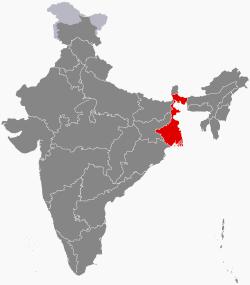 To boost the amount of opium that could be used to trade, David Sassoon forced the farmers in Bengali, India to stop farming food and turn to growing opium poppies. The climate in Bengali was very good for growing opium and very quickly Sassoon’s business flourished.
To boost the amount of opium that could be used to trade, David Sassoon forced the farmers in Bengali, India to stop farming food and turn to growing opium poppies. The climate in Bengali was very good for growing opium and very quickly Sassoon’s business flourished.
Sassoon’s ships landed in the Canton harbor (the only harbor at the time were foreigners could trade), where they would sell the opium to their Jewish Chinese agents. They would then put the opium in cigars and sell them to the Chinese for silver. They would then take the silver back to Sassoon’s ship and then they would pay for the tea with the silver. They got a lot more silver for the opium than they needed to purchase the tea. The traders became very, very, rich--very quickly.
And it was all illegal! The Chinese government forbad the selling of opium to its citizens. Even the British outlawed the opium that they were permitting being sold to the Chinese. But the British wanted their tea!
David Sassoon became a member of the British East India Company, a firm owned and run by Jews out of the City of London. So successful was the opium business that the tax the East India Company paid to England (1/2 of the profits) paid for all the wars fought by England between 1831 and 1905.
Opium Was a “Jewish Business”
The Jewish Encyclopedia of 1905 states that Sassoon expanded his opium trade into China and Japan. He placed his eight sons in charge of the various major opium exchanges in China. According to the 1944 Jewish Encyclopedia:
“He employed only Jews in his business, and wherever he sent them he built synagogues and schools for them. He imported whole families of fellow Jews...and put them to work.”
Sassoon’s sons were busy pushing this mind-destroying drug in Canton, China, and their trade expanded alarmingly. Between 1830 and 1831 they trafficked 18,956 chests of opium earning millions of dollars. Half of the profits went to Queen Victoria and the British government.
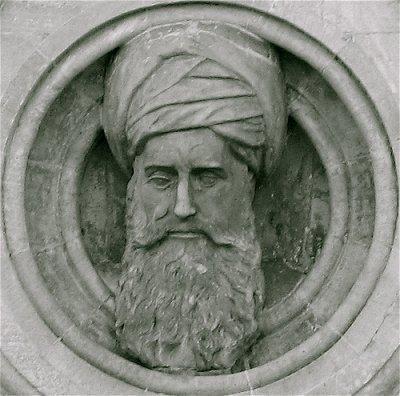 By 1830 the opium trade at Canton was said to be the most valuable trade in any single commodity, anywhere on earth. In the year 1836 the trade increased to over 30,000 chests and drug addiction in coastal cities became epidemic.
By 1830 the opium trade at Canton was said to be the most valuable trade in any single commodity, anywhere on earth. In the year 1836 the trade increased to over 30,000 chests and drug addiction in coastal cities became epidemic.
In 1864, a year before the War in America ceased, the Sassoons imported 58,681 chests of opium which brought in over 20 million pounds. By 1880 it had skyrocketed to 105,508 chests, making the Sassoons the richest Jews in the world, while the Rothschilds were a very close second. The Sassoons were now licensing opium dens in each British occupied area with large fees being collected by their Jewish agents.
And many of these Jewish agents were the Chinese Jews of Kaifeng. These Jews had immigrated to China hundreds of years ago and had so intermarried with the Chinese that they looked entirely Chinese. But they still were practicing Jews and were thus the perfect Chinese agents for the Sassoons.
The entire trade was controlled by Jewish families only. Sassoon would not allow any other race to engage in “the Jews’ business” of importing and selling opium. Opium was strictly a Jewish monopoly, but these Jews were working under British passports.
The corrupt British monarchy honored them with privilege and knighthood, to the disgrace of the Crown. To this day the Sassoons are in the history books as “great developers” of India, but the source of their vast wealth is never mentioned. What is mentioned is the destruction and impoverishment of the population of China.
According to a 1930s edition of Fortune Magazine (USA), the Sassoon Family monopolized more than 70% of the opium trade and controlled every nook and corner of opium traffic between India and China. This is also consistent with research and observations according to Edward LeFevour in “Western Enterprise in Late Ch’ing Dynasty China”. According to these sources, in the middle 1800s, the Sassoon group was acknowledged to be the major holder (more than 70%) of all opium stocks in India and in China.
The Sassoons were not the only Jews involved in the trade; much of the remaining 30% was shared with other Jewish families. There was Hartung, who is listed as “the richest of the rich” after the Sassoons, Hardoon, Kadoorie, Arnold, Abraham, Ezra and Solomon, among others. For the Sassoon’s profitable troubles, Queen Victoria rewarded them with Hong Kong and the New Territories as their import and distribution base. By all accounts, the Jewish opium merchants did not take NO for an answer, but instead used the violent power of the British military to kill all the ‘uppity’ Chinese who dared to refuse the opium.
Beyond the health problems related to opium addiction, the increasing opium trade with the Western powers meant that for the first time, China imported more goods than it exported. Settling this financial problem eventually led to the First Opium War between Great Britain and China, from 1839 to 1842. After defeating the Chinese in a series of naval conflicts, the British were able to make many demands from the weaker Qing Government of China, in the Anglo-Chinese Treaty of Nanjing.
A Jew that only hired Jews—how is that for inclusion? The Jews were the ones behind the opium trade. They all became fabulously wealthy. No goyim could be part of their criminal organization. History will inform the student that it was the British who brought the opium to China, in the same way that history will inform the student that it was the White man who brought the slaves from Africa. They will not mention that it was the “jews.” Is this the way this greedy organization still functions?
In 1839, the Manchu Emperor ordered that the opium trade must be stopped. He named the Commissioner of Canton, Lin Tse-hsu, to lead a campaign against opium. Lin seized 2,000 chests of Sassoon opium and threw it into the river. An outraged David Sassoon demanded that Great Britain retaliate.
Let’s get this straight. China decided to end its opium addiction that was flourishing in its country by seizing the opium and throwing it in the bay. The owner of the opium, David Sassoon, demanded that the most powerful army in the world retaliate this move against his wealthy operation. David Sassoon, along with the Monarchy of England, sent the British army to fight China. The name of this war was called, “The Opium War.” The British Crown and the Jewish Sassoons conspired to turn an entire nation of people into drug addicts of the worst kind, solely to satisfy their greed and lust for power and the drinking of tea.
Thus, the Opium Wars began with the British Army fighting as mercenaries of the Sassoons. They attacked cities and blockaded ports. The Chinese Army, decimated by 10 years of rampant opium addiction, proved no match for the British Army.
 The war ended in 1842 with the signing of “The Treaty of Nanking (Nanjing)”. This included provisions especially designed to guarantee the Sassoons the right to enslave an entire population with opium. The “peace treaty” included these provisions:
The war ended in 1842 with the signing of “The Treaty of Nanking (Nanjing)”. This included provisions especially designed to guarantee the Sassoons the right to enslave an entire population with opium. The “peace treaty” included these provisions:
- Full legalization of the opium trade in China,
- Compensation for the opium stockpiles confiscated by Lin of 2 million pounds,
- Territorial sovereignty for the British Crown over several designated offshore islands, including Hong Kong.
Kind of sounds like the peace treaty given the Southern States by the Union after the War between both countries in America. British Prime Minister Palmerston wrote Crown Commissioner Captain Charles Elliot that the treaty didn’t go far enough. He said it should have been rejected out of hand because:
“After all, our naval power is so strong that we can tell the Emperor what we mean to hold rather than what he would cede. We must demand the admission of opium into interior China as an article of lawful commerce and increase the indemnity payments and British access to several additional Chinese ports.”
Thus, China not only had to pay Sassoon the cost of his dumped opium that was put in the bay but reimburse England an unheard sum of 21 million pounds for the cost of the war! This gave the Sassoons monopoly rights to distribute opium in other port cities. However, even this was not good enough and Sassoon demanded the right to sell opium throughout the entire Chinese country.
China resisted the right of the jews selling of opium in their country and they fought against it. Soon 1/3 of the Chinese nation eventually were opium addicts. To get a view of where we are going with all of this is the knowledge that heroin is made from opium.
Soon the British Army again attacked in the “Second Opium War” fought 1858 till 1860. Palmerston declared that all interior China must be open for uninterrupted opium traffic. The British suffered a defeat at the Taku Forts in June 1859 when sailors, ordered to seize the forts, were run aground in the mud-choked harbor. Several hundred were killed or captured. An enraged Palmerston said: “We shall teach such a lesson to these perfidious hordes that the name of Europe will hereafter be a passport of fear.”
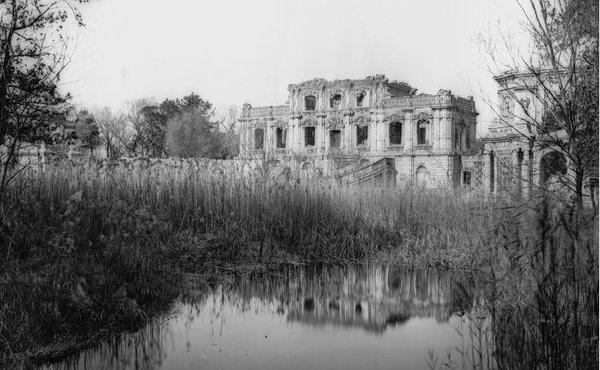 In October, the British besieged Peking (Beijing). When the city fell, British commander Lord Elgin, ordered the temples and other sacred shrines in the city sacked and burned to the ground as a show of Britain’s absolute contempt for the Chinese. They also destroyed the famous “Imperial Gardens” and destroyed or stole many sculptures, porcelain, jade, silk robes, elaborate textiles, gold objects and more.
In October, the British besieged Peking (Beijing). When the city fell, British commander Lord Elgin, ordered the temples and other sacred shrines in the city sacked and burned to the ground as a show of Britain’s absolute contempt for the Chinese. They also destroyed the famous “Imperial Gardens” and destroyed or stole many sculptures, porcelain, jade, silk robes, elaborate textiles, gold objects and more.
One of the earliest photos of the Yuamningyuan.
In early October of 1860, the commanders of the British and French forces held a conference outside the gates of the Garden of Perfect Brightness – the Yuanmingyuan. It was situated on the western outskirts of Peking (Beijing), where they agreed to share whatever they could loot and to destroy the balance. As the primary residence of five Qing emperors, Yuanmingyuan contained hundreds of palaces, temples, libraries, theaters, pavilions, chapels, gazebos and galleries filled with priceless artworks, antiquities and personal possessions. They were taken (stolen) to 47 museums throughout the world.
There followed an orgy of indiscriminate plunder in which anything that could not be carted off was destroyed. On October 18, British forces were ordered by Lord Elgin to inflict a final blow, with fire, as revenge for the Chinese refusal to permit the importation of opium that was devastating their country, though ostensibly for the deaths of some British and Indian prisoners in Chinese captivity.
This vast, beautiful garden that had countless, priceless items, was destroyed by the British army in an area that had nothing to do with the War. It was for revenge. It seems very similar to what happened later in Dresden, Germany at the end of WWII.
Because Yuanmingyuan was so vast, it took an entire infantry division of nearly 4,500 men, many weeks to set it aflame and finally render it to utter destruction. Gilded beams crashed, porcelain roofs buckled, and ash filled the lakes, as so many embers snowed down on Beijing that the entire city seemed on fire, and where the clouds of smoke were so dense they eclipsed the sun. Arguably the greatest concentration of historic treasures in the world, dating and representing a full 5,000 years of an ancient civilization, were either looted or destroyed. And all of this was done to protect the exclusive opium concessions granted to the Jewish Sassoons of Britain, and the revenue they generated for the crown. “The love of money is the root of all evil.” Do you think that the destruction of this Chinese masterpiece of beauty and heritage affects the thoughts of every Chinaman? After seeing the “Imperial Gardens” destroyed in just a few months, they have rebuilt it.
 The new Yuanmingyuan, built to the scale of the original, will have 95 percent of the original ancient architecture restored. The new garden, which started construction in May 2012, occupies 6,200 mu (413 hectares). The total investment reached about 30 billion yuan ($5 billion). The original imperial garden was built in the 18th and 19th centuries as a garden for the emperors of the Qing Dynasty (1644-1911) in which to reside and work. The garden, known for its magnificence and beauty, was destroyed during the Second Opium War in 1860. The restoration took place with the consultation of a council of more than 100 historians completion in 2016. The new garden will feature modern technology including lasers and LED lighting to entertain visitors.
The new Yuanmingyuan, built to the scale of the original, will have 95 percent of the original ancient architecture restored. The new garden, which started construction in May 2012, occupies 6,200 mu (413 hectares). The total investment reached about 30 billion yuan ($5 billion). The original imperial garden was built in the 18th and 19th centuries as a garden for the emperors of the Qing Dynasty (1644-1911) in which to reside and work. The garden, known for its magnificence and beauty, was destroyed during the Second Opium War in 1860. The restoration took place with the consultation of a council of more than 100 historians completion in 2016. The new garden will feature modern technology including lasers and LED lighting to entertain visitors.
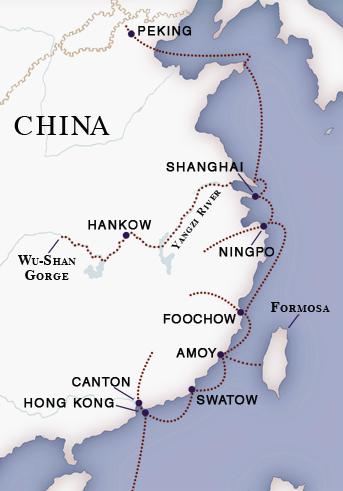 In the new “Peace Treaty” of October 25, 1860, the British were assigned rights to vastly expanded opium trade covering seven-eighths of China, which brought in over 20 million pounds in 1864 alone. England was given the Hong Kong peninsula as a colony and large sections of Amoy, Canton, Foochow, Ningpo and Shanghai. The Sassoons were now licensing opium dens in each British occupied area with large fees being collected by their Jewish agents, for Sassoon would not allow any other race to engage in “the Jews’ business.” To the left is a map showing the new ports that opened because of the second treaty made in the opium war.
In the new “Peace Treaty” of October 25, 1860, the British were assigned rights to vastly expanded opium trade covering seven-eighths of China, which brought in over 20 million pounds in 1864 alone. England was given the Hong Kong peninsula as a colony and large sections of Amoy, Canton, Foochow, Ningpo and Shanghai. The Sassoons were now licensing opium dens in each British occupied area with large fees being collected by their Jewish agents, for Sassoon would not allow any other race to engage in “the Jews’ business.” To the left is a map showing the new ports that opened because of the second treaty made in the opium war.
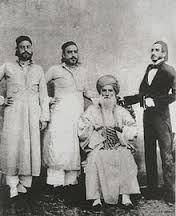 Sir Albert Sassoon, the eldest of David Sassoon’s sons took over the family “business” empire. One thing that he did was to construct huge textile mills in Bombay and payed the workers very low wages. This expansion continued after World War One and ended up putting the textile mills in Lancashire, England out of business with thousands losing their jobs. This is one of the reasons the clothes that you buy is not made in England, but India and/or other countries in the surrounding area. But this did not stop Queen Victoria from having Albert knighted in 1872.
Sir Albert Sassoon, the eldest of David Sassoon’s sons took over the family “business” empire. One thing that he did was to construct huge textile mills in Bombay and payed the workers very low wages. This expansion continued after World War One and ended up putting the textile mills in Lancashire, England out of business with thousands losing their jobs. This is one of the reasons the clothes that you buy is not made in England, but India and/or other countries in the surrounding area. But this did not stop Queen Victoria from having Albert knighted in 1872.
Solomon Sassoon moved to Hong Kong and ran the family business there until his death in 1894. Later, the entire family moved to England because with modern communications they could operate their financial empire from their luxurious estates in London. They socialized with royalty and Edward Albert Sassoon married Aline Caroline de Rothschild in 1887 which linked their fortune with that of the Rothschilds. The Queen also had Edward knighted. All 14 of the grandsons of David Sassoon were made officers during World War One and thus most were able to avoid combat.
The Sassoon opium trade brought death and destruction to millions and still plagues Asia to this day. Their company was totally operated by Jews ONLY! The corrupt British monarchy honored them with privilege and knighthood - to the disgrace of the Crown! To this day the Sassoons are in the history books as “great developers” of India but the source of their vast wealth is never mentioned!
What happened to this great opium deal. For one hundred years China was humiliated by the British royalty and its jewish merchants. Did China ever have success in its major drug problem? And if they did, then who was sold the opium that used to be sold to China? What happened?
To be continued.
Blessed be the LORD God of Israel.


